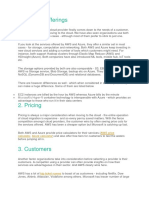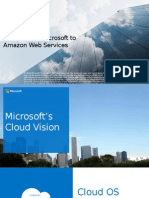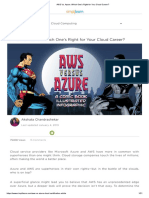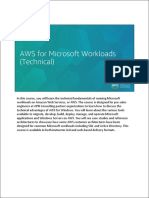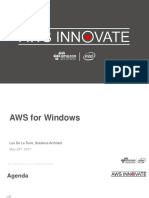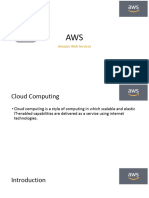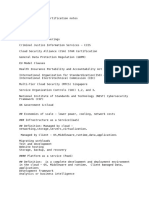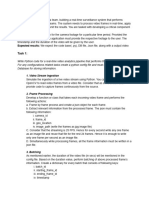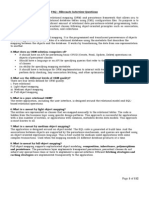0% found this document useful (0 votes)
69 views11 pagesAWS vs Azure: Key Differences
Uploaded by
build.test456Copyright
© © All Rights Reserved
We take content rights seriously. If you suspect this is your content, claim it here.
Available Formats
Download as PDF, TXT or read online on Scribd
0% found this document useful (0 votes)
69 views11 pagesAWS vs Azure: Key Differences
Uploaded by
build.test456Copyright
© © All Rights Reserved
We take content rights seriously. If you suspect this is your content, claim it here.
Available Formats
Download as PDF, TXT or read online on Scribd
/ 11


